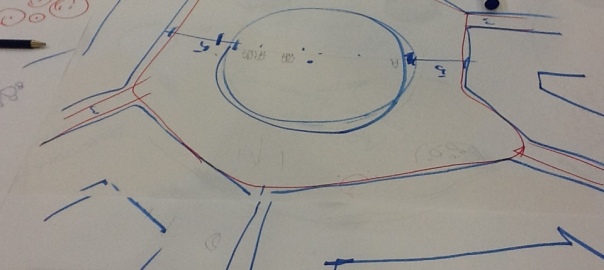DIGHUMLAB DK and the DIGITAL CURATION UNIT Athens are pleased to invite you to submit to a 2 day workshop on CULTURAL HERITAGE, CREATIVE TOOLS AND ARCHIVES.
The workshop is open to all but we in particular welcome participants drawn in the first instance from the DARIAH, ARIADNE, CENDARI, NeDiMAH and other EU cultural heritage networks. We envisage it will foster the growth of a community of practice in the field of digital heritage and digital humanities, leading to closer cooperation between participants and helping attendees develop tools and methods that can be used by the wider community.
Workshop themes
Cultural heritage, for the purposes of this workshop, is taken to consist of a broad spectrum of fields of scholarly research and professional practice relating to the study, management and use of the past, including but not limited to: archaeology, material culture studies, public history, intangible heritage, the visual and performing arts, visual culture, museums, and historical archives. We invite presentations of digital heritage tools and infrastructures, established projects and case-studies, state-of the art surveys, and original research contributions on the following themes:
· Cultural heritage information systems, ontologies and knowledge representation for material and visual culture.
· Data analysis, modeling, simulation, and visualization.
· Metadata, interoperability and integration of research data and scholarly resources.
· GIS, 3D graphic reconstruction and high end imaging.
· Digital preservation and curation of cultural heritage data, archives and documentation resources.
· Digital technology in fieldwork (e.g., archaeological data collecting and representation, excavation and survey data management, recording information “at the trowel’s edge”, processing survey and long series datasets, etc.).
· Digital scholarly publishing and public communication of cultural heritage.
· Sharing data and tools across European countries and partners.
· EU policy in digital heritage infrastructures, research, and cultural resource management.
· Any other topic relevant to the innovative application of digital technology to cultural heritage research, management and communication.
Presentation formats
· Project presentation: 20 minutes.
· Demonstration (of a tool, method, or project): 20 minutes.
· Paper presentation: 20 minutes plus 10 minutes of discussion time. Final papers accepted may be published in a journal (to be advised).
· Panel: 40-60 minutes involving 3-5 speakers.
Submission Information
· Format: At the top of the page include your name, your country, your institutional affiliation, your EU infrastructure/project affiliation (if applicable), the title of your paper, and the suggested format of your paper (project presentation, paper presentation, demonstration, or panel presentation). An AV projector will be provided but please indicate any other requirements.
· Submit: Emailyour proposal in RTF format to dighumlab@gmail.com with the title “Cultural Heritage Workshop”. If you wish to present a formal paper, you should submit an abstract of 500-1500 words, including references. For a project presentation, demonstration or panel you should submit a proposal of 300-500 words. If you wish to present on a panel, please indicate the names and affiliations of other participants (if known) on the submission document.
· Submission date: NEW EXTENDED DATE 1 May 2013, 17:00 Central European Time
Other information:
· Notification date: Wednesday, 24 April 2013 (may change).
· Date of Workshop: Wednesday, 26 and Thursday 27 June 2013.
· Cost of Workshop: free tea and coffee will be provided; we will try to find sponsorship for lunch for both days.
· Venue: National Museum of Denmark, Copenhagen, Denmark.
· For more information please contact: Dr Erik Champion, DIGHUMLAB Denmark, echa@adm.au.dk
Co-organisers: Associate Professor Costis Dallas, University of Toronto & Digital Curation Unit, Athens; Dr Agiatis Benardou, Digital Curation Unit, Athens; and Professor Panos Constantopoulos, Athens University of Economics and Business.
We would like to thank the ALLC: The European Association for Digital Humanities for co-funding and the National Museum of Denmark for hosting the workshop. This is a DARIAH associated event. Other associations with organizations are still to be confirmed.



